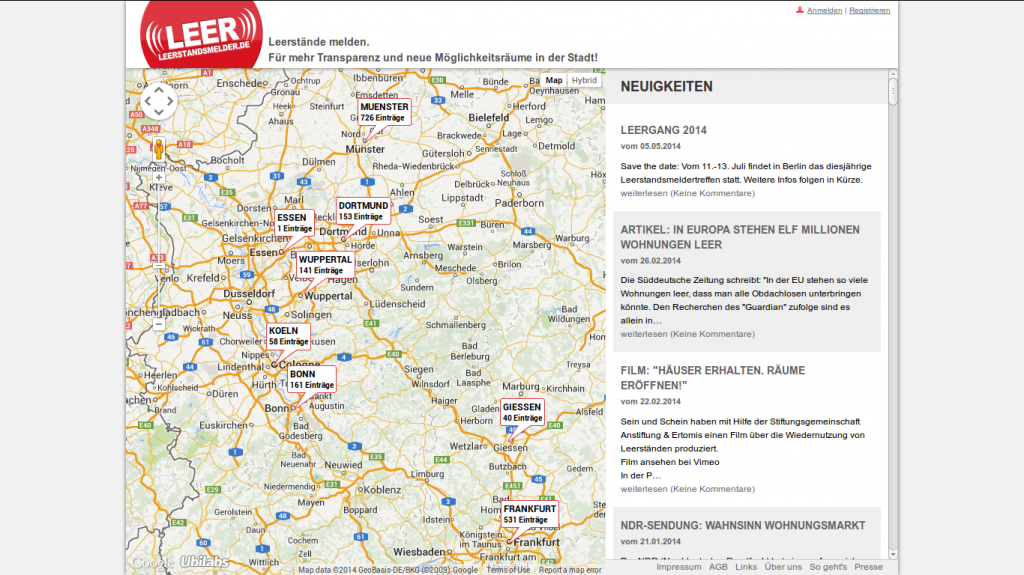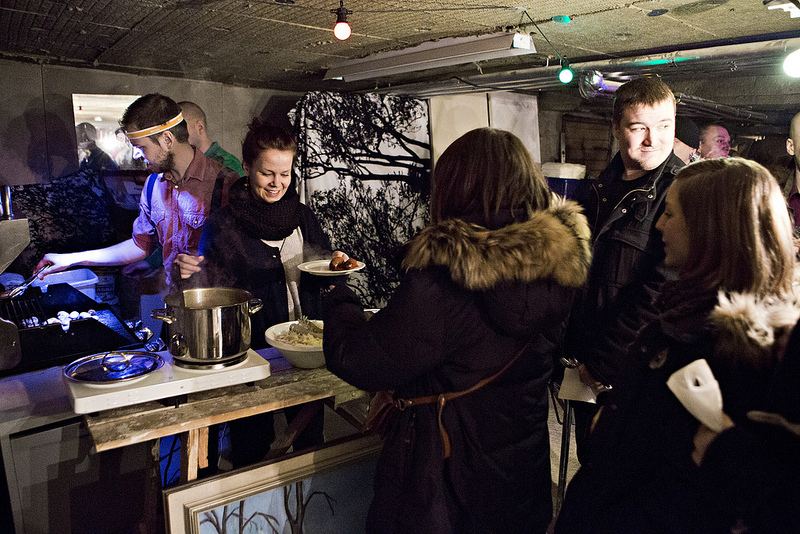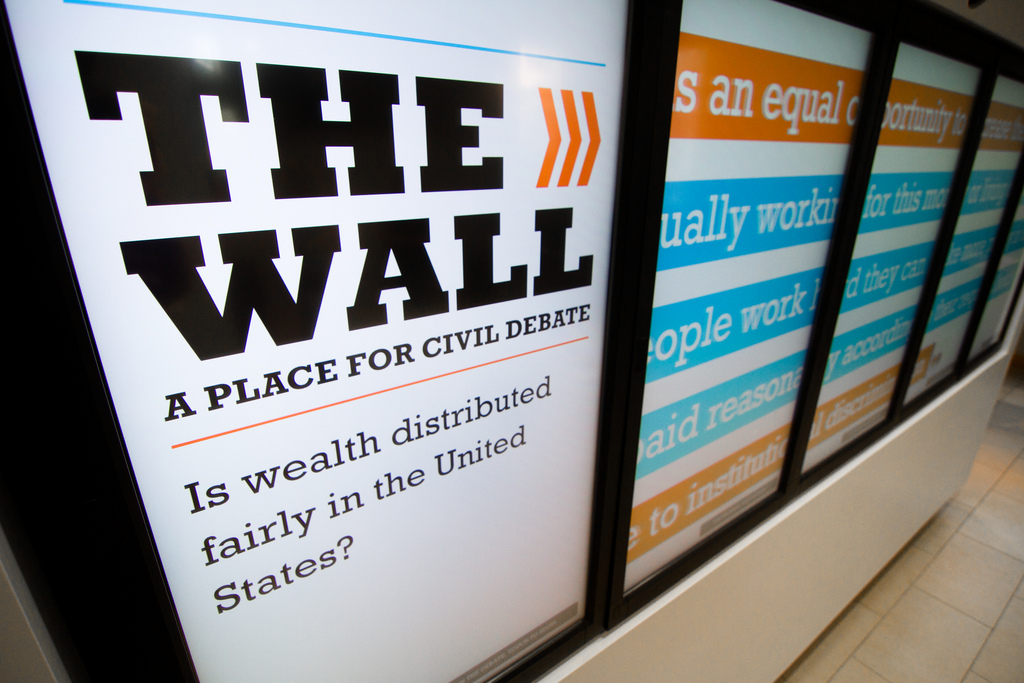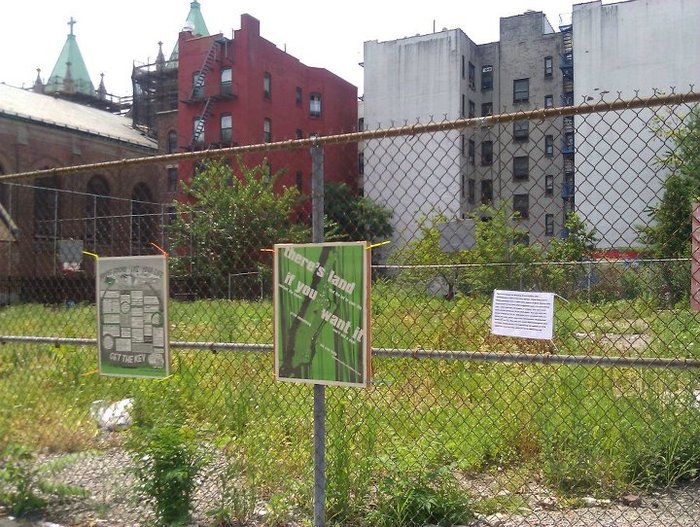
MindMixer is a tool that lets citizens and community planners engage in public dialogues without meeting personally. It was inspired by town-hall-style meetings, where engaged citizens talk to their representatives and expose their views on the decision-making process. Such meetings, however, require the citizens to be at certain place at a certain hour, something that someone with family and work obligations might not be able to achieve. As a result, only a narrow demographic group can attend such meetings regularly and broad sectors of the population can not let their voice be heard.
MindMixer addresses this problem and takes the town-hall discussions online, through a web application that connects local institutions with the citizens. Universities, hospitals, and school districts can open conversations about a certain topic and collect the views of the community members. The system gives the city representatives important information about the decision-making process. For example, they have access in the back-end to demographic data of the people who are posting their views. In one particular case there was strong support for extended library hours, however they found out that most of this support came from the downtown areas. This data can lead, for instance, to extend the opening hours of only those libraries at the downtown.
MindMixer makes easier for governments to involve the citizens in the decision-making processes and take a wider range of opinions into consideration. For the citizens MindMixer offers an uncomplicated way to participate in the public discussion and let their voice be heard.
Watch some videos about MindMixer
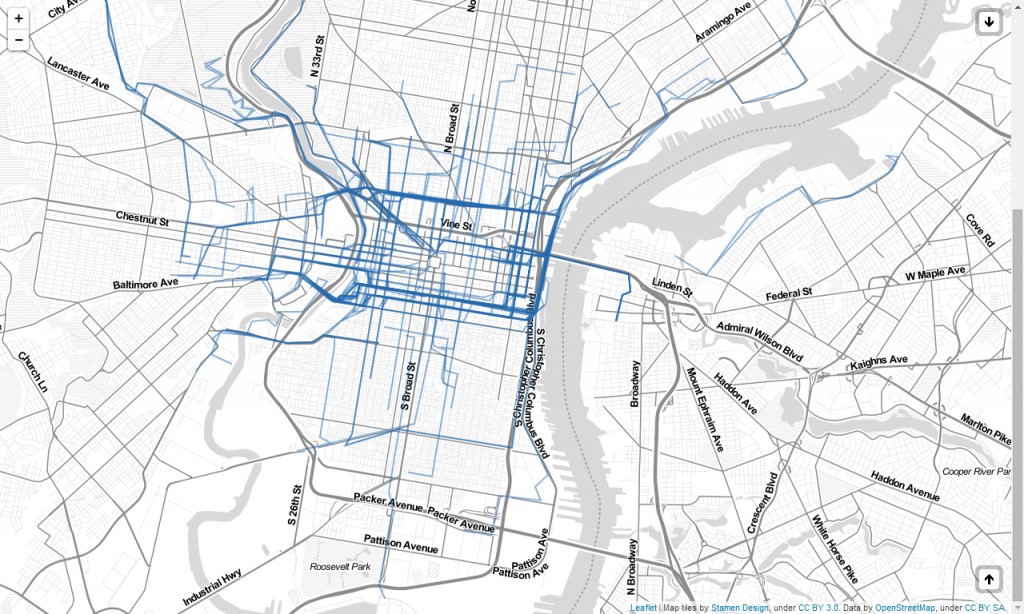 Cyclephilly is an online map and a mobile application that let the users record their daily routes in the city of Philadelphia. Although it has been around only for a couple of months, it can be already called a success story.
Cyclephilly is an online map and a mobile application that let the users record their daily routes in the city of Philadelphia. Although it has been around only for a couple of months, it can be already called a success story.
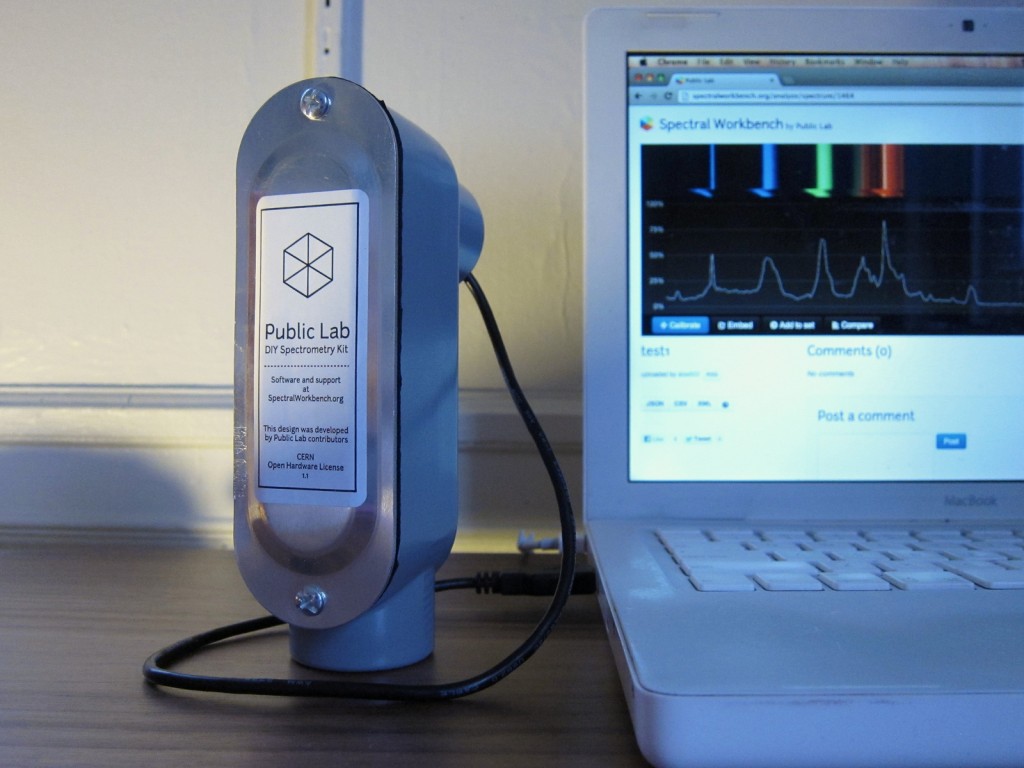
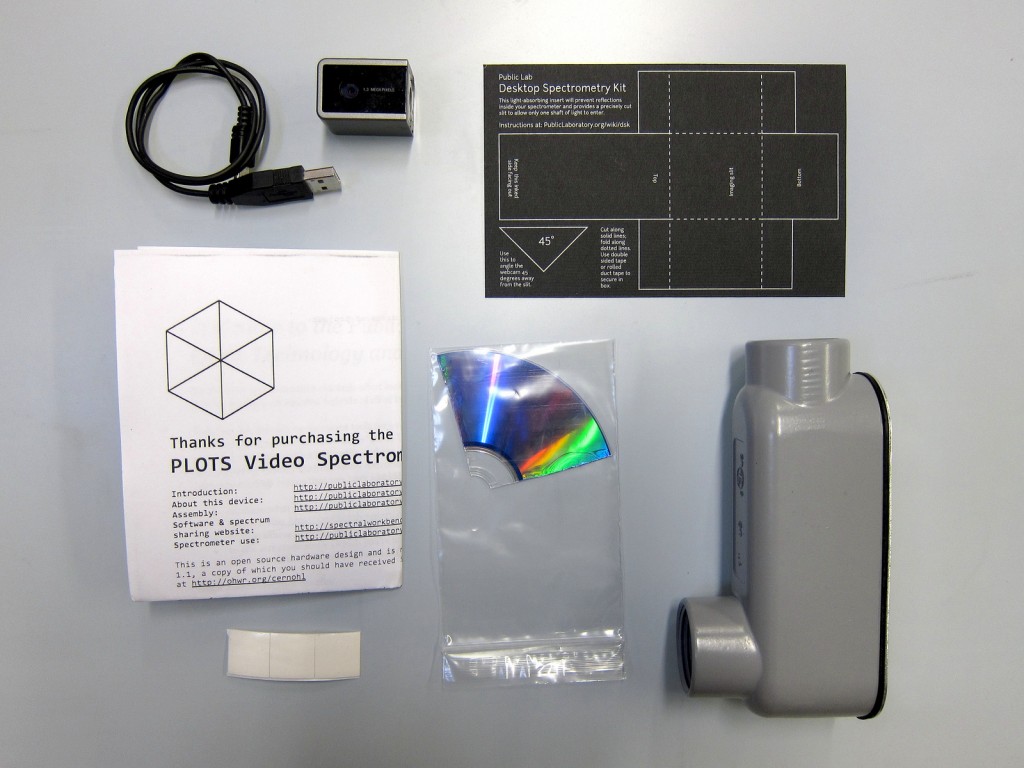
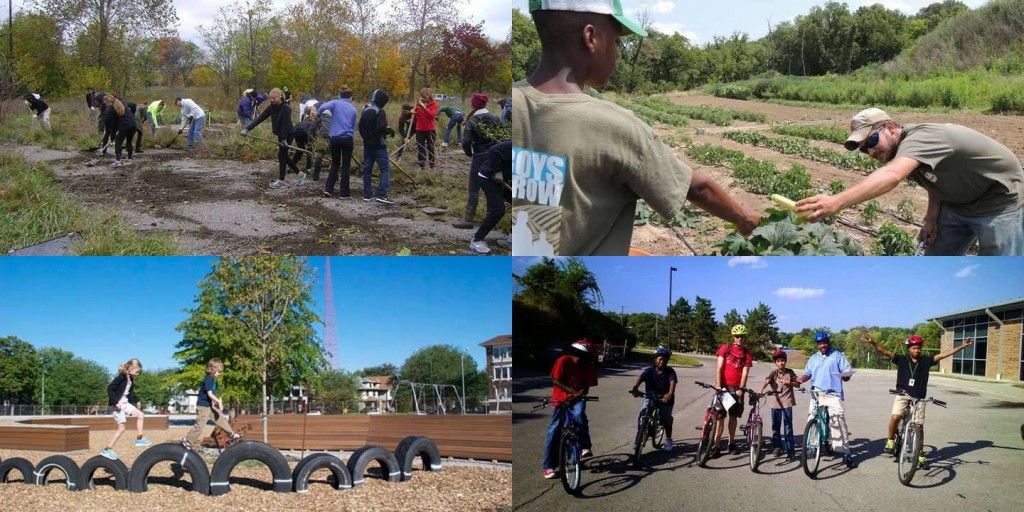 Neighbor.ly is about supporting altruism at a local scale through on-line tools. While it has a similar structure to other donor sites, it focuses on projects that are intended for a specific location and are started by certain organizations. Neighbor.ly privileges quality and close connections with local structures.
Neighbor.ly is about supporting altruism at a local scale through on-line tools. While it has a similar structure to other donor sites, it focuses on projects that are intended for a specific location and are started by certain organizations. Neighbor.ly privileges quality and close connections with local structures.
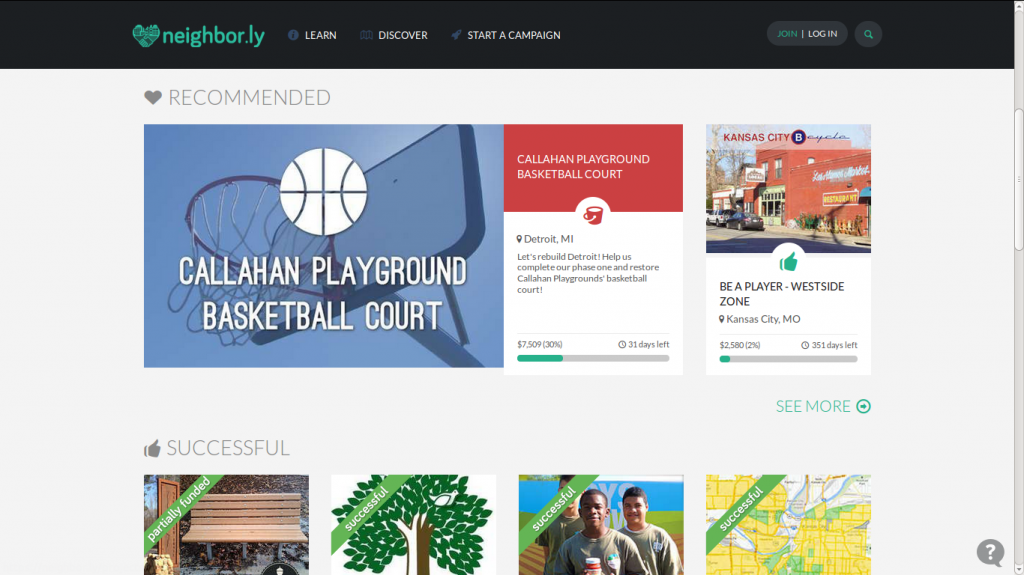
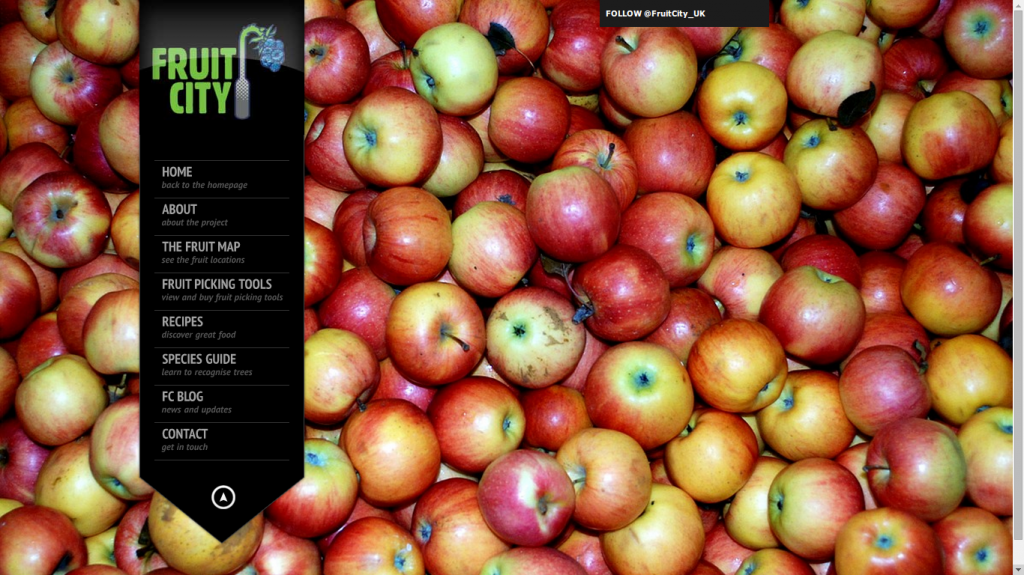 Fruit city is an online application that lets the users map fruit trees in London. The project offers a handful of tools that encourage the collection of fruits within the city. In this way the initiators want to promote the use of available resources, avoid the wasting of edible goods and support an environmentally friendly food system.
Fruit city is an online application that lets the users map fruit trees in London. The project offers a handful of tools that encourage the collection of fruits within the city. In this way the initiators want to promote the use of available resources, avoid the wasting of edible goods and support an environmentally friendly food system.
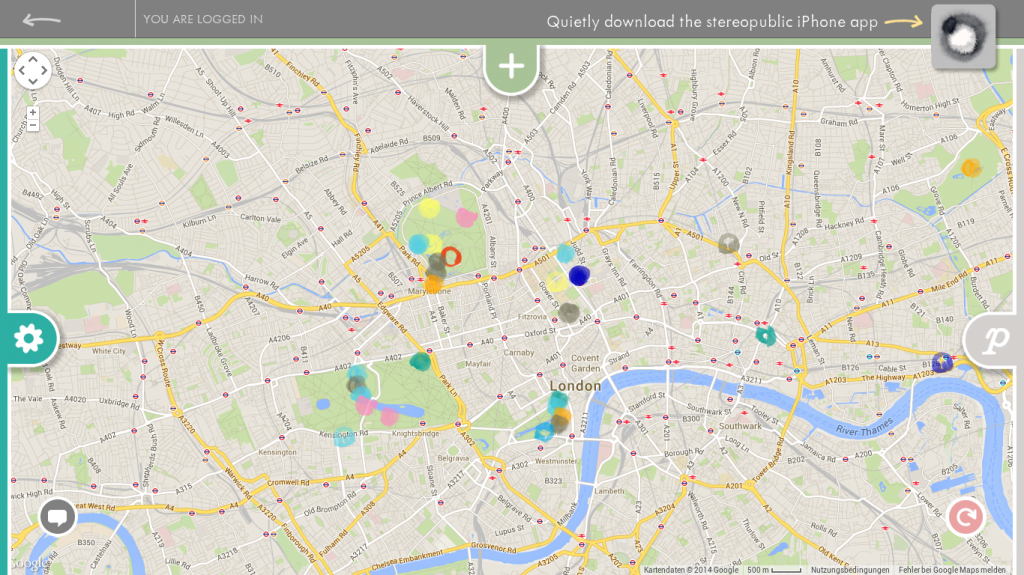 If you want to become part of the hunt for quiet places you can download the stereopublic app for free and start wandering around your city. Once you find a new or your favorite quiet place, you can create a geo-tagged entry for it in the map and give it a color according to your current mood. If you really enjoy that moment you can take a 30 seconds long record and upload it, so that the whole world can have a bit of your quietness.
If you want to become part of the hunt for quiet places you can download the stereopublic app for free and start wandering around your city. Once you find a new or your favorite quiet place, you can create a geo-tagged entry for it in the map and give it a color according to your current mood. If you really enjoy that moment you can take a 30 seconds long record and upload it, so that the whole world can have a bit of your quietness.
